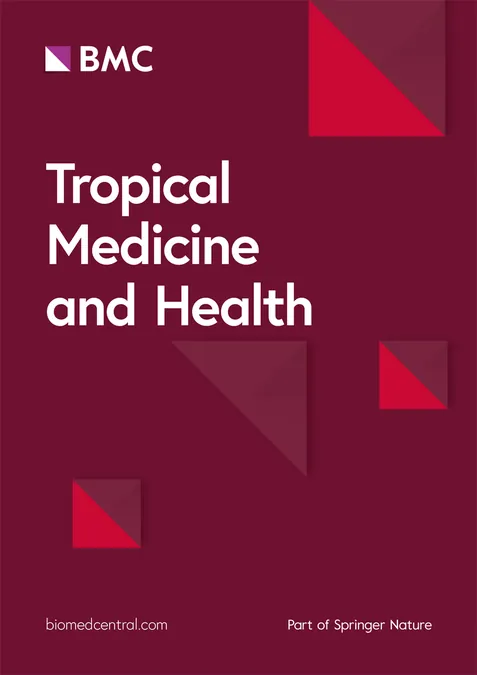
Shocking Discovery: Latent Tuberculosis Prevalence Among Healthcare Workers in Laos Unveiled!
2025-01-03
Author: Mei
A groundbreaking study has revealed alarming levels of latent tuberculosis infection (LTBI) among healthcare workers in Vientiane Capital, Laos, a nation already grappling with limited healthcare resources. This study highlights a significant public health concern, especially given that individuals with LTBI are at an increased risk of developing active tuberculosis, which is notoriously deadly if untreated.
The Hidden Dangers of TB Infections
Latent tuberculosis infection means that bacteria remain inactive in the body without causing symptoms, making it particularly dangerous. A staggering 10.2% of healthcare workers tested positive for LTBI, a finding that underscores the urgent need for better awareness and preventive measures. Surprisingly, none of these individuals were aware of their infection status prior to testing, highlighting a significant gap in knowledge that could have serious repercussions for both healthcare providers and their patients.
What the Study Entails
Conducted between March and June 2023, this cross-sectional study involved 196 healthcare workers across three central hospitals in Vientiane. The participants, primarily from departments with high exposure to TB patients, underwent blood testing using the Interferon Gamma Release Assay (IGRA), a reliable method for detecting TB infections. In addition, a questionnaire assessed their knowledge, attitudes, and practices regarding TB and LTBI.
The results revealed that many healthcare workers possessed minimal knowledge about TB, demonstrating a critical need for educational initiatives aimed at improving awareness surrounding TB infections and their implications.
Comparative Rates Show Cause for Concern
While LTBI rates in Laos appear lower than those in neighboring countries—28.6% in China and 14.7% to 40.1% in Thailand—the presence of LTBI among Lao healthcare workers is nonetheless significant. The findings call for immediate attention. Risk factors like the duration of employment and exposure to patients with active TB must be investigated further.
Why This Matters Now More Than Ever
Given that tuberculosis remains one of the leading infectious disease killers globally, with approximately 10.6 million cases and 1.3 million deaths reported in 2022, the findings of this study take on even greater urgency. In Laos, where the healthcare system faces challenges such as limited resources and vaccine coverage, this study serves as a wake-up call.
The World Health Organization's End TB strategy aims to diagnose and treat LTBI, particularly in high-risk populations like healthcare workers. The authors of the study strongly recommend routine screening and education on TB for healthcare workers in Laos, pointing out that without these measures, the risk of transmission to vulnerable patients could escalate dramatically.
Looking Ahead: A Call to Action
The key takeaway from this critical research is clear: proactive measures must be implemented to safeguard both healthcare workers and patients from the potential threat of TB. Expanding awareness and enhancing preventive healthcare practices are essential steps toward combating this silent pandemic in Laos.
In conclusion, as healthcare professionals continue to fight against various infectious diseases, ensuring their health and safety should be a top priority. The alarm has been sounded—will Laos take action before it's too late?
 Brasil (PT)
Brasil (PT)
 Canada (EN)
Canada (EN)
 Chile (ES)
Chile (ES)
 Česko (CS)
Česko (CS)
 대한민국 (KO)
대한민국 (KO)
 España (ES)
España (ES)
 France (FR)
France (FR)
 Hong Kong (EN)
Hong Kong (EN)
 Italia (IT)
Italia (IT)
 日本 (JA)
日本 (JA)
 Magyarország (HU)
Magyarország (HU)
 Norge (NO)
Norge (NO)
 Polska (PL)
Polska (PL)
 Schweiz (DE)
Schweiz (DE)
 Singapore (EN)
Singapore (EN)
 Sverige (SV)
Sverige (SV)
 Suomi (FI)
Suomi (FI)
 Türkiye (TR)
Türkiye (TR)
 الإمارات العربية المتحدة (AR)
الإمارات العربية المتحدة (AR)